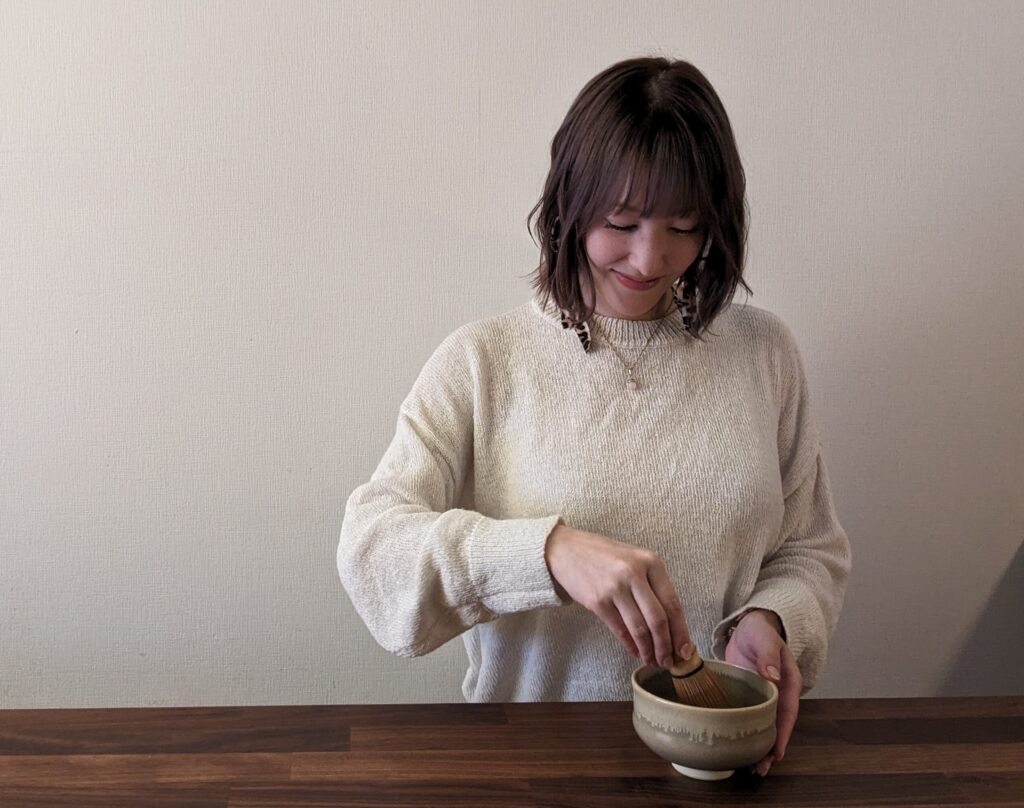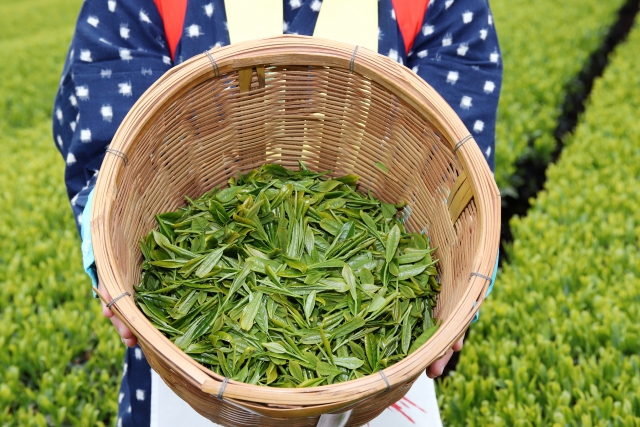The Great Master of the Tea Ceremony – Sen no Rikyu
Sen no Rikyu occupies a particularly important place in the history of the tea ceremony. Rikyu is known as a tea master of the Azuchi-Momoyama period (1573-1600), and is regarded as the person who revolutionized the style of chanoyu and systematized the tea ceremony.
Life of Sen no Rikyu
Tea Sage Born in the Land of Izumo
Sen no Rikyu was born in 1522 in the country of Izumo (present-day Shimane Prefecture). There are various theories about his origins, but it is believed that he was born into a relatively wealthy merchant family.
He developed a strong interest in the tea ceremony from an early age and eventually became a tea master, also known as a “tea saint. Izumo was a region where the tea ceremony was popular at the time, and it was here that Rikyu cultivated his knowledge of the tea ceremony.
Rikyu under the patronage of the shogunate
As Rikyu grew up, his skill in the tea ceremony was recognized, and he was eventually chosen to join the samurai community in Kyoto. He became a wealthy man under the patronage of Ashikaga Yoshiaki.
During this period, Rikyu was able to thoroughly pursue his ideals of the tea ceremony. His reforms, such as the stylization of the tea room, the study of tea utensils, and the systematization of the tea ceremony etiquette, progressed rapidly.
Elegant and Rigorous Chanoyu
Rikyu’s tea ceremony was highly regarded in the samurai society of his day. It was characterized by elegant beauty of style and extremely strict manners.
Rikyu saw chanoyu as more than just a way to serve a drink. He reflected his aesthetic philosophy in every aspect of the tea ceremony, including the aesthetic presentation of space, the selection of utensils, and the stylization of manners.
Rikyu’s view of the tea ceremony became the basis for later tea ceremonies and influenced many tea masters.
Checkered Late Years
Rikyu’s life was full of vicissitudes. In his later years, he was tragically executed due to political conflicts. However, Rikyu’s tea ceremony was continued by his disciples and spread widely.
Rikyu is revered to this day as a great master of the tea ceremony. His life and achievements can be considered the history of the tea ceremony itself.
Characteristics of Rikyu’s Tea Ceremony
Sen no Rikyu, a tea master of the Azuchi-Momoyama period, is known as the person who revolutionized the style of chanoyu and systematized the tea ceremony. The three main innovations he made regarding the tea ceremony are as follows
1. stylization of the tearoom
Rikyu incorporated aesthetic principles into the design of the tearoom and devoted himself to the pursuit of stylized beauty. While traditional tearooms were built with an emphasis on practicality, Rikyu redefined the tearoom itself as an important element of the tea ceremony.
He emphasized the spatial presentation of the tea ceremony, paying close attention to aesthetic details such as the size of the tea room, the height of the ceiling, and the placement of fixtures. This stylization of the tea room became the basis for later tea ceremony styles.
Emphasis on Tea Utensils
Rikyu regarded tea utensils as more than mere tools. Traditionally, tea utensils played only a supplementary role in the tea ceremony, but Rikyu saw aesthetic value in the tea utensils themselves.
Tea bowls, tea containers, tea whisks, and other utensils used in the tea ceremony were carefully selected for their materials, shapes, and decorative qualities. Rikyu’s concern for the selection and use of tea utensils was a major point of innovation. 3.
3. establishment of tea ceremony etiquette
Rikyu systematized the art of preparing tea, or “tsumae,” and established a style that emphasized formality.
Traditional tea ceremony was highly improvisational, and there was no unified style. Rikyu, however, established a tea ceremony style that emphasized form by defining detailed rules of etiquette, such as the order of movements and actions in the tea ceremony.
This made chanoyu more than just a way to serve a drink; it became a cultural practice with a certain stylistic beauty.
Systematization of Chanoyu
With these three innovations, Rikyu is credited with establishing chanoyu as a culture and laying the foundation for the tea ceremony.
His pursuit of chanoyu went beyond the mere serving of drinks to reflect a spiritual and aesthetic philosophy in all aspects of the tea ceremony, including the presentation of space, the beauty of utensils, and the stylistic beauty of gestures.
Rikyu’s innovations in the tea ceremony laid the foundation for the later development of the tea ceremony and continue to characterize the tea ceremony to this day.
There were three main innovations made by Rikyu.
- Stylization of the Tea House
- Incorporating aesthetic principles into the design of the tea room and emphasizing the importance of spatial presentation
- Aesthetic consideration was given to every detail of the tea room, including size, ceiling height, and placement of fixtures and fittings.
- Emphasis on tea utensils
- Tea utensils were given aesthetic value, and their materials, shapes, and decorative qualities were carefully examined.
- Tea utensils themselves were redefined as an important element of the tea ceremony, rather than being considered as a supplemental element.
- Establishment of the art of tea ceremony
- Systematized the tea ceremony etiquette of “tsumae,” and established the order and details of the tea ceremony etiquette.
- He established a pattern for the improvisational nature of tea ceremony, making it a cultural practice with a single style of beauty.
Through these innovations, Rikyu established chanoyu as a cultural art form and is highly regarded as having laid the foundation for the tea ceremony. Rikyu’s tea ceremony reforms had a great impact on the subsequent development of the tea ceremony and are the foundation of the modern tea ceremony.
Sen no Rikyu’s View of the Tea Ceremony
Rikyu’s view of the tea ceremony is characterized by his aesthetic sense of “wabi” and “sabi. Wabi” refers to the beauty of simplicity and simplicity. Sabi” refers to the elegance created by the passage of time.
Rikyu reflected this Japanese sense of beauty in the tea ceremony, pursuing a highly spiritual way of tea that went beyond mere etiquette. His views on the tea ceremony had a great influence on later tea masters.
Sen no Rikyu’s Legacy
Rikyu’s tea ceremony became the foundation for the later “samurai tea” and “cultural tea. His disciples were active in many places, and the spirit of Rikyu’s tea ceremony was widely inherited.
Rikyu’s influence remains strong in the modern tea ceremony and is revered by many tea masters. Rikyu, who embodied the Japanese sense of beauty through the tea ceremony, is highly regarded as a great master of the tea ceremony.


![Complete Comparison] Matcha Green Tea Sweets from Three Convenience Stores! Seven vs Famima vs Lawson](https://greenteatokyo.com/wp-content/uploads/2024/11/30092271_s-e1730705738313.jpg)



